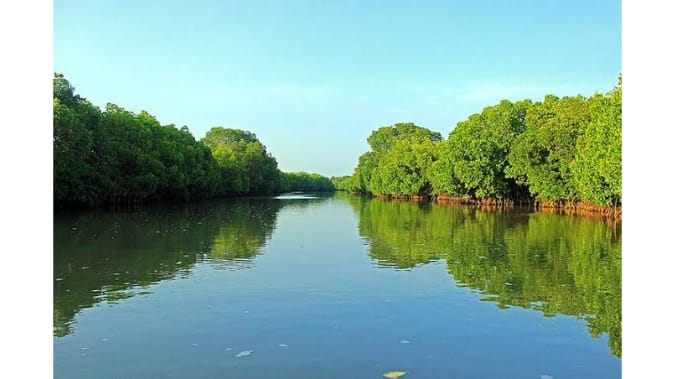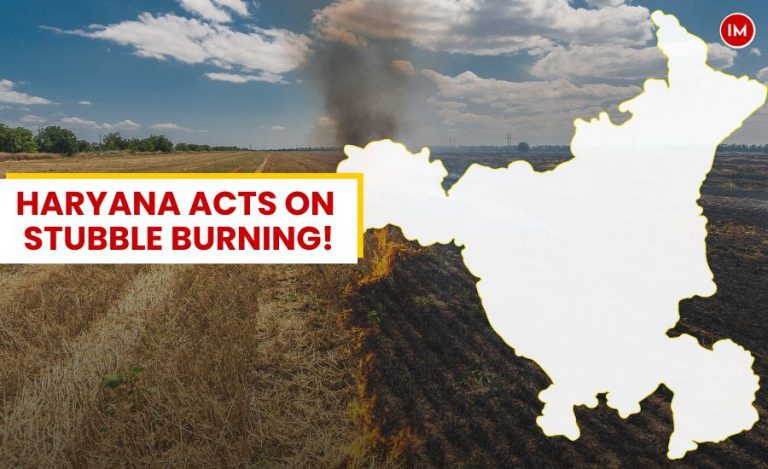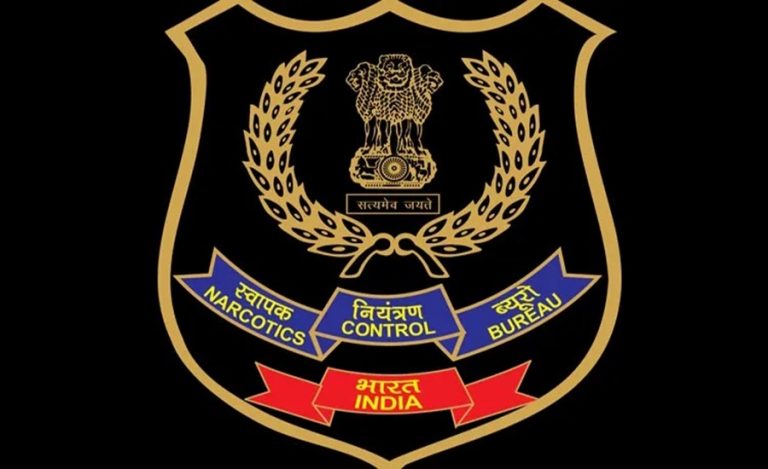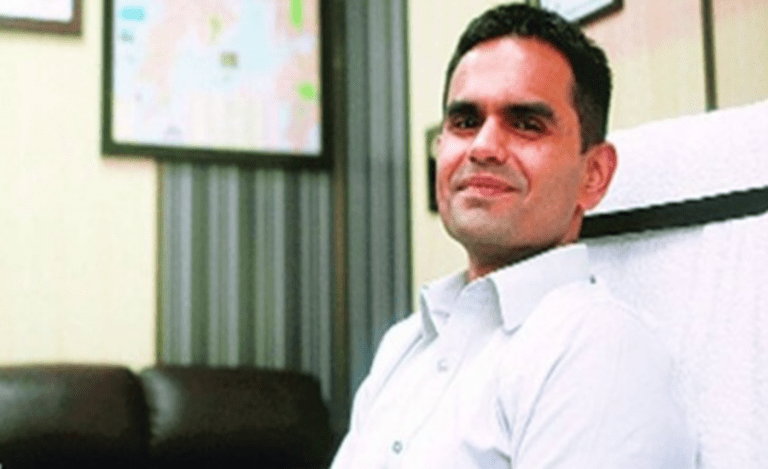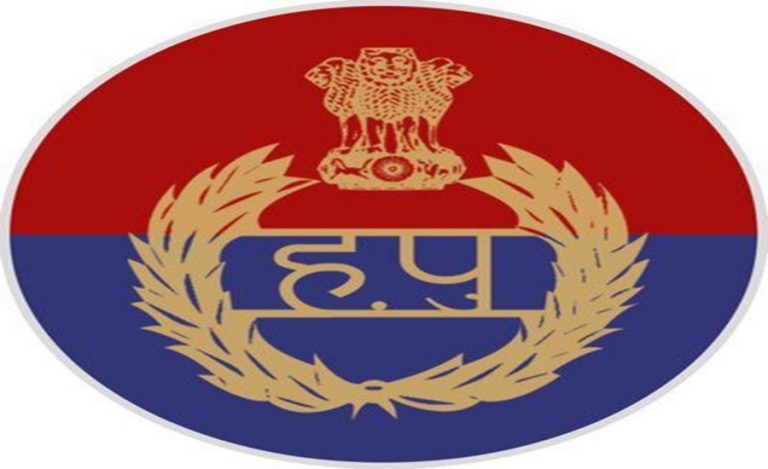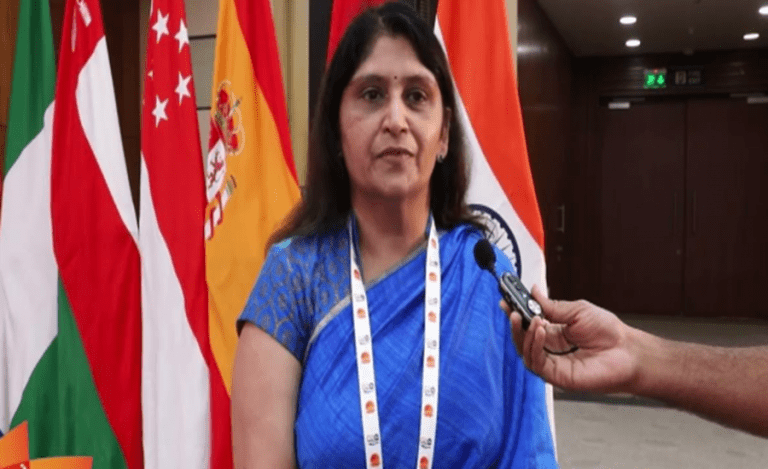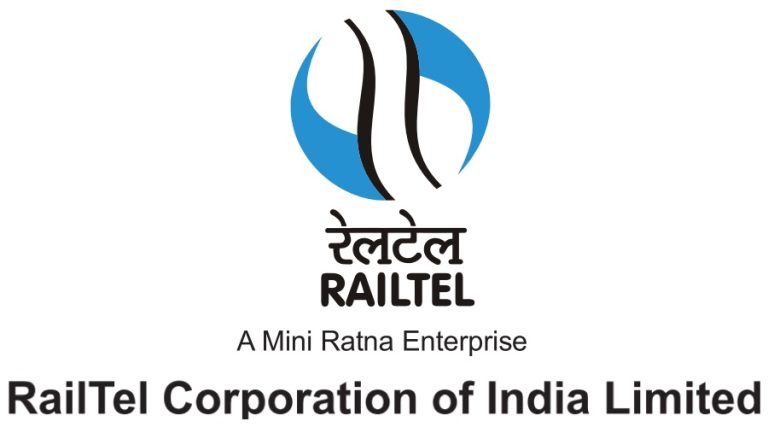Around 15 hectares of Mangroves has been planted at Pichavaram by the Tamil Nadu Forest Department to promote marine bio-diversity and a protection against flood-causing high tides. If Pichavaram was least affected shoreline during 2004 Tsunami that devastated India’s Eastern Coast especially Tamil Nadu, it was due to Pichavaram’s rich mangroves.
However, the latest mangrove plantation is different because it was done in a fishbone method to ensure better flushing of water. This is a part of state governments plan where in, the concerned DFOs of the coastal districts were asked to come up with detailed micro-plans for mangrove afforestation in the district.
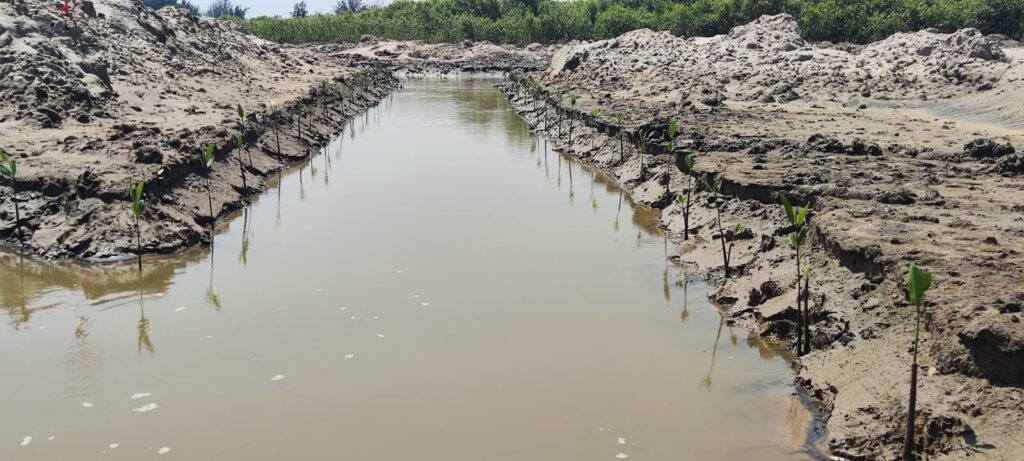
Pichavaram is home to one of the oldest mangrove colony, which is rich in biodiversity and more than 17 species of mangroves are found here. Pichavaram mangrove is restricted to around 1400 hectares.
Speaking with Indian Masterminds, IFS officer Sumesh Soman, the DFO Villupuram and also in-charge of DFO, Cuddalore, Tamil Nadu said, “We are trying to extend the mangroves into other areas as well. This requires some scientific interventions.”
MANGROVE PLANTATION
Mangroves is a plant species which requires periodic flushing by salt water. For this the forest department created artificial channels into the land bank identified for planting. The forest department tucked channels in a fishbone shape which is a useful method.
Water is brought to the land banks through these channel cuts and the propagules of the mangroves are planted alongside the channel.
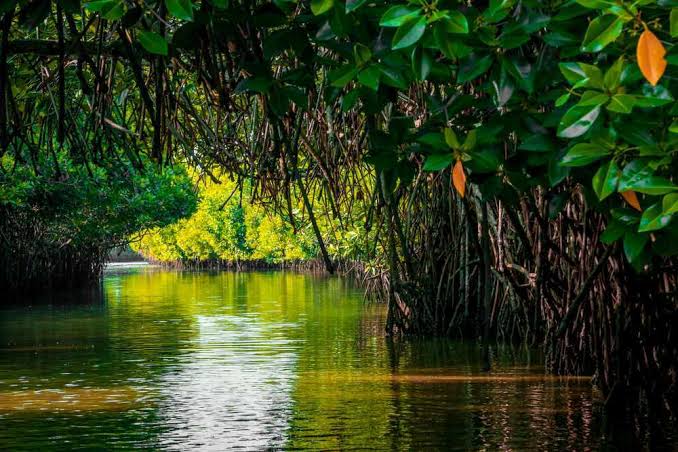
The fishbone model is used to allow water to reach every nook and corner of the mangrove area by diverting water from the existing creeks and channels. The fishbone model, also called mitochondrial model, is one way to conserve mangroves and enhance biodiversity as they are breeding grounds for shellfish and also acts as a surveyor of carbon. Jackals and varieties of bird populations are also found in mangrove areas.
PREPARATORY WORK
It took about 1-2 weeks for preparatory works like cutting of channels, planting was done in a single day with the active involvement of volunteers, labors for planting. Forest officers also participated in the planting. “In total it is 20 hectares. We have identified 50 hectares for planting in Pichavaram area and propagules are also ready,” Mr. Soman said.
ECO-TOURISM
The Cuddalore forest department is also running an eco-tourism managing committee, with the registration of 100 tribes. This managing committee gives livelihood to the people and is running conservation, awareness, education and tourism committee. Further, there are traditional local fishermen who are benefitted by the better catch because of the biodiversity and richness of the Pichavaram habitat. Mr. Soman said that based on the state governments plan and micro-plans, they are going to plant more mangroves.

